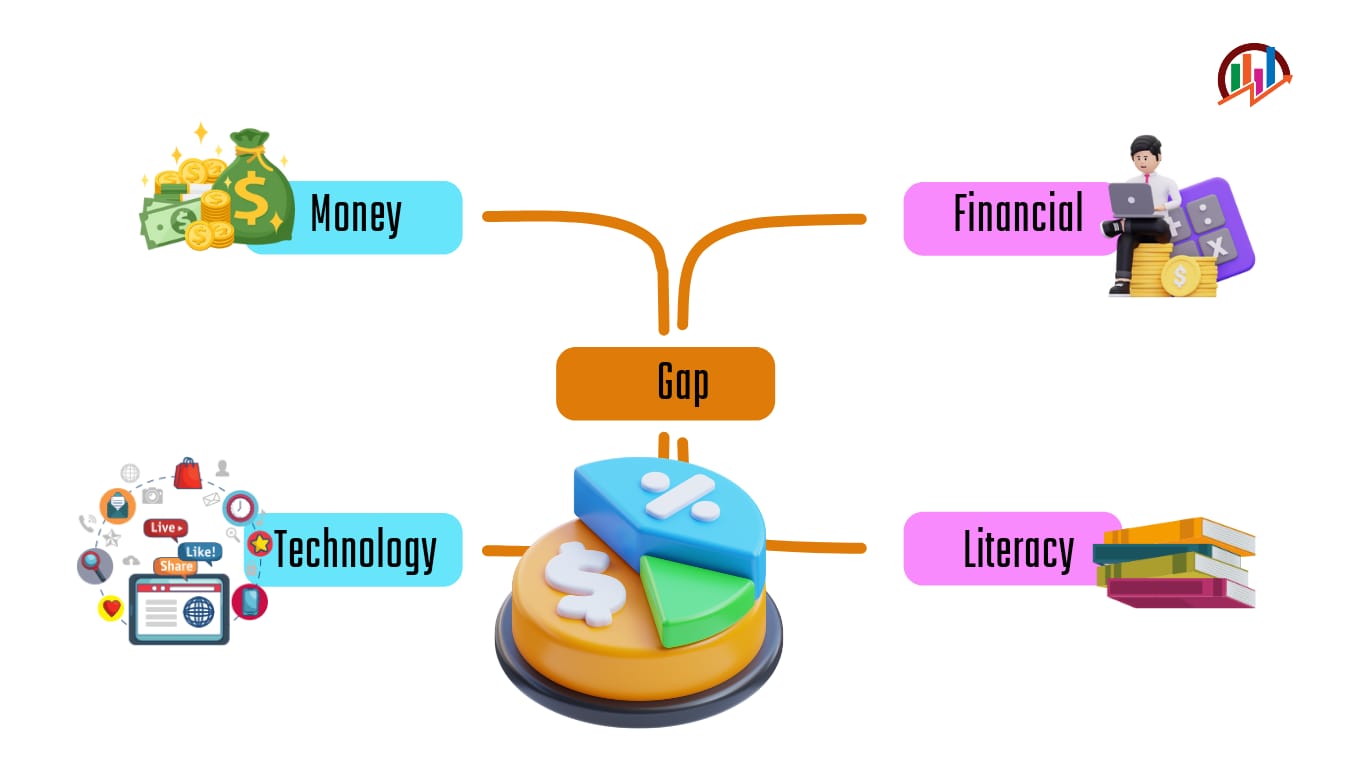Technology-mediated education for marginalized populations: financial literacy gap
DOI:
https://doi.org/10.61650/rjme.v1i2.470Keywords:
Developing countries, Financial education, Financial literacy, Marginalized populations, Technology-mediatedAbstract
A person's financial attitude includes thoughts, attitudes, and self-confidence in managing money. A positive financial attitude is essential for responsible financial behavior and long-term well-being. Financial literacy includes financial behavior and consequences, not just information and skills. Technology in financial education has the potential to reduce the picture of financial literacy in developing countries. This research explains how technology-mediated financial education can be flexible, cost-effective, and adaptable, and reach communities underserved by financial services. This research also identified barriers such as inadequate infrastructure, limited access, and language and cultural barriers. Through extensive literature insights from various sources such as "ABInform", "EBSO Host", "Emerald", "Google Scholar", "Science Direct", "ProQuest", "Web of Science", and "ERIC", this research strives for digital inclusion and reduced financial literacy. The findings of this study suggest that although technology can be an effective tool, there is an urgent need for a thorough assessment of the long-term consequences and examination of comparative distribution techniques. This research emphasizes the need for further investigation to understand the impact of limited access to technology on financial literacy among marginalized communities.
Downloads
References
Ahunov, M. (2020). National culture and financial literacy: international evidence. Applied Economics, 52(21), 2261–2279. https://doi.org/10.1080/00036846.2019.1688241
Ameer, R. (2020). Financial Socialization, Financial Literacy, and Financial Behavior of Adults in New Zealand. Journal of Financial Counseling and Planning, 31(2), 313–329. https://doi.org/10.1891/JFCP-18-00042
Bottazzi, L. (2021). Stereotypes in financial literacy: Evidence from PISA. Journal of Corporate Finance, 71. https://doi.org/10.1016/j.jcorpfin.2020.101831
Goyal, K. (2021). Financial literacy: A systematic review and bibliometric analysis. International Journal of Consumer Studies, 45(1), 80–105. https://doi.org/10.1111/ijcs.12605
Karakara, A. A. W. (2022). Financial literacy, financial distress and socioeconomic characteristics of individuals in Ghana. African Journal of Economic and Management Studies, 13(1), 29–48. https://doi.org/10.1108/AJEMS-03-2021-0101
Kawamura, T. (2021). Is Financial Literacy Dangerous? Financial Literacy, Behavioral Factors, and Financial Choices of Households. Journal of the Japanese and International Economies, 60. https://doi.org/10.1016/j.jjie.2021.101131
Klein, T. (2022). A note on GameStop, short squeezes, and autodidactic herding: An evolution in financial literacy? Finance Research Letters, 46. https://doi.org/10.1016/j.frl.2021.102229
Morgan, P. J. (2020). Financial literacy, financial inclusion, and savings behavior in Laos. Journal of Asian Economics, 68. https://doi.org/10.1016/j.asieco.2020.101197
Noor, N. (2020). Financial literacy, financial self-efficacy and financial account ownership behavior in Pakistan. Cogent Economics and Finance, 8(1). https://doi.org/10.1080/23322039.2020.1806479
Ouachani, S. (2021). Measuring financial literacy: a literature review. Managerial Finance, 47(2), 266–281. https://doi.org/10.1108/MF-04-2019-0175
Pan, X. (2020). Is financial advice a cure-all or the icing on the cake for financial literacy? Evidence from financial market participation in China. International Review of Financial Analysis, 69. https://doi.org/10.1016/j.irfa.2020.101473
Rieger, M. O. (2020). How to Measure Financial Literacy? Journal of Risk and Financial Management, 13(12). https://doi.org/10.3390/jrfm13120324
Seldal, M. M. N. (2022). Financial Vulnerability, Financial Literacy, and the Use of Digital Payment Technologies. Journal of Consumer Policy, 45(2), 281–306. https://doi.org/10.1007/s10603-022-09512-9
Swiecka, B. (2020). Financial literacy: The case of Poland. Sustainability (Switzerland), 12(2). https://doi.org/10.3390/su12020700
Watanapongvanich, S. (2021). Financial Literacy, Financial Education, and Smoking Behavior: Evidence From Japan. Frontiers in Public Health, 8. https://doi.org/10.3389/fpubh.2020.612976
Widyastuti, U. (2020). Financial education, financial literacy, and financial Behaviour: What does really matter? Management Science Letters, 10(12), 2715–2720. https://doi.org/10.5267/j.msl.2020.4.039
Yang, J. (2023). Digital finance and financial literacy: Evidence from Chinese households. Journal of Banking and Finance, 156. https://doi.org/10.1016/j.jbankfin.2023.107005
Zulaihati, S. (2020). Teachers’ financial literacy: Does it impact on financial behaviour? Management Science Letters, 10(3), 653–658. https://doi.org/10.5267/j.msl.2019.9.014

Published
How to Cite
Issue
Section
License
Copyright (c) 2024 Asri Jaya

This work is licensed under a Creative Commons Attribution-ShareAlike 4.0 International License.
Deprecated: json_decode(): Passing null to parameter #1 ($json) of type string is deprecated in /home/assyfaco/journal.assyfa.com/public_html/plugins/generic/citations/CitationsPlugin.inc.php on line 49




